I hope this doesn't come across as boastful, but my garden this year is the absolute best it has ever been. This has come about not because I am a gardening genius or professionally trained, but as the result of nearly a quarter century of hard work.
A serious gardener should be able to state truthfully every year that she has the best garden she’s ever had. Absent catastrophic events that seriouly damage a garden, each year should be better than the last. As soil improves, plants mature, and knowledge grows, a garden just naturally and gradually gets better each year.
It's easy for me to believe that in the past peasants had a much easier time than present day gardeners. Things just didn't change as quickly. People on the same piece of land for generations were able to set things up in ways that worked and then just tweak the details year by year. As long as it wasn't a year of drought and the armies of rival warlords didn't sweep through and burn everything, their work lives were probably pretty easy.
Stable, long-term inhabitation on the land leads to things like:
ancient olive trees that provide food for generations
stacked stone walls that act as fencing
hedgerows that double as livestock enclosures and havens for wildlife
landrace plants and animals perfectly suited to their environment
These elements weren’t permanent, but they provided a hefty return on investment that was spread out over multiple generations. Because the system was never fully reset, benefits were cumulative and people got a yield from work done by their grandparents and great grandparents.
Rather than Progress, in which all aspects of the system must be continually replaced with the bigger, the better, and the latest technology, they had progress. Small ‘p’ progress meant things like figuring out a slightly more efficient way to irrigate your almond grove, rather than bulldozing it for a strip mall.
These days most people interested in sustainable food production must start from scratch when they are finally able to move to a piece of land. There is usually no infrastructure in place except perhaps a storage shed or a barn and a few fruit trees if they are lucky. No hedgerows or even wire fencing, no greenhouses, no root cellars. Rather than being built into the culture, such things have been removed as people were freed from the “drudgery” of farming. Houses are now constructed with two car garages, walk-in closets, and front porches where no one sits because of traffic noise, instead of pantries, small attached greenhouses, and walled gardens. How much different things would be if the latter group was culturally de rigueur.
Now enormous amounts of energy must be put into recreating infrastructure to support household food production, processing, and preservation. Labor and resources that in the past could have gone toward maintenance and gradual, innovative upgrades now must go into land and equipment acquisition, fencing and livestock housing, clearing land, and establishing gardens and orchards. In other words, all the stuff you need just to get started. Then the maintenance work begins, and hopefully you've planned well or you'll be constantly modifying your original designs.
We are always starting over because the needful elements of non-industrial, small-scale agriculture have disappeared for the most part from our built environment. Chances are, if you install such things and then have to move houses, the next owner will do away with them because they aren't valued. The number one consideration is aesthetics, and whatever replaces your precious food forest and chicken coop will itself be replaced again as soon as fashion trends move on. New homeowners will rip out perfectly serviceable and up-to-date bathrooms, kitchens, and entire landscape installations because the style isn't right. They won't blink at trashing the native pollinator garden you left behind and cutting down your fruit trees.
I've become cynical from working in the landscaping industry for many years and witnessing the insouciance of customers who have healthy and thriving plants dug out and whose entire focus is on appearance. Many have no concept that the landscape functions and simply crank up the AC after the shade tree comes down and spray indiscriminately because they noticed some bugs in their yard.
It is this personal experience rather than doomscrolling that has made me jaded. But despite the negativity I've been expressing so far, I think there are real positives to be taken from the situation. The first is that once a larger percentage of the population becomes involved in food production by necessity, it will become apparent that it is less difficult than expected. When existing systems are retained from generation to generation and owner to owner, labor previously poured into starting from scratch again and again can be redirected into maintenance.
More people getting involved in food production will also mean that more cooperation can take place. There is nothing more discouraging than going it alone where no one else is doing what you're doing. Once a critical mass of involvement is reached, locals working on agricultural projects can come together for big jobs like haying or barn-raisings as they did in the past. Expertise and equipment can be shared. The benefits of working within a community cannot be underestimated. If you have doubts about this, look to the Amish.
Farm land around my town is being gradually eaten up as exurbia creeps ever outward. I curse the McMansions as I drive by because they ruin the bucolic view and advertise the loss of farmland, but the only land truly lost is the footprint of the house and paved driveway. There's no reason that the multi-acre lawns couldn't be used for growing food. In fact, home-scale, diversified food production would represent an improvement for the places where commodity corn and soybeans were raised previously .
In a world that valued and prioritized non-industrial food production, these low density areas outside of town could be converted fairly easily to micro-farms. The homes are designed to rely on enormous amounts of energy but could possibly be modified. The main problem is that people aren't going to make changes until they are forced to. As long as there is cheap food at the supermarket, most people will carry on with their lives as usual. They will continue to think of their yards as status-signaling spaces rather than food-growing spaces. The people who are interested in creating small farms or homesteads will remain priced out of these areas.
We are often warned that small farmers/producers can't “feed the world” and we need the efficiency of industrial ag to ward off starvation. I don't intend to dive into this debate here, but it needs to be said that industrial agriculture is effective precisely because it is embedded in a massive, subsidized support system that includes transportation and processing infrastructure and established markets that we've been building for generations. In short, it has exactly the structures that small-scale food production lacks. This fact more than any intrinsic efficiency is what keeps it chugging along.
The systems that support industrial food production aren't any more permanent than the systems that supported our peasant ancestors, and they will replaced one way or another if people want to eat. Cheap diesel won't last forever, nor will topsoil or the Ogallala Aquifer. How fast the current system will collapse is unknown. What will replace it also remains to be seen, and we should all do what we can to ease and shape the transition.



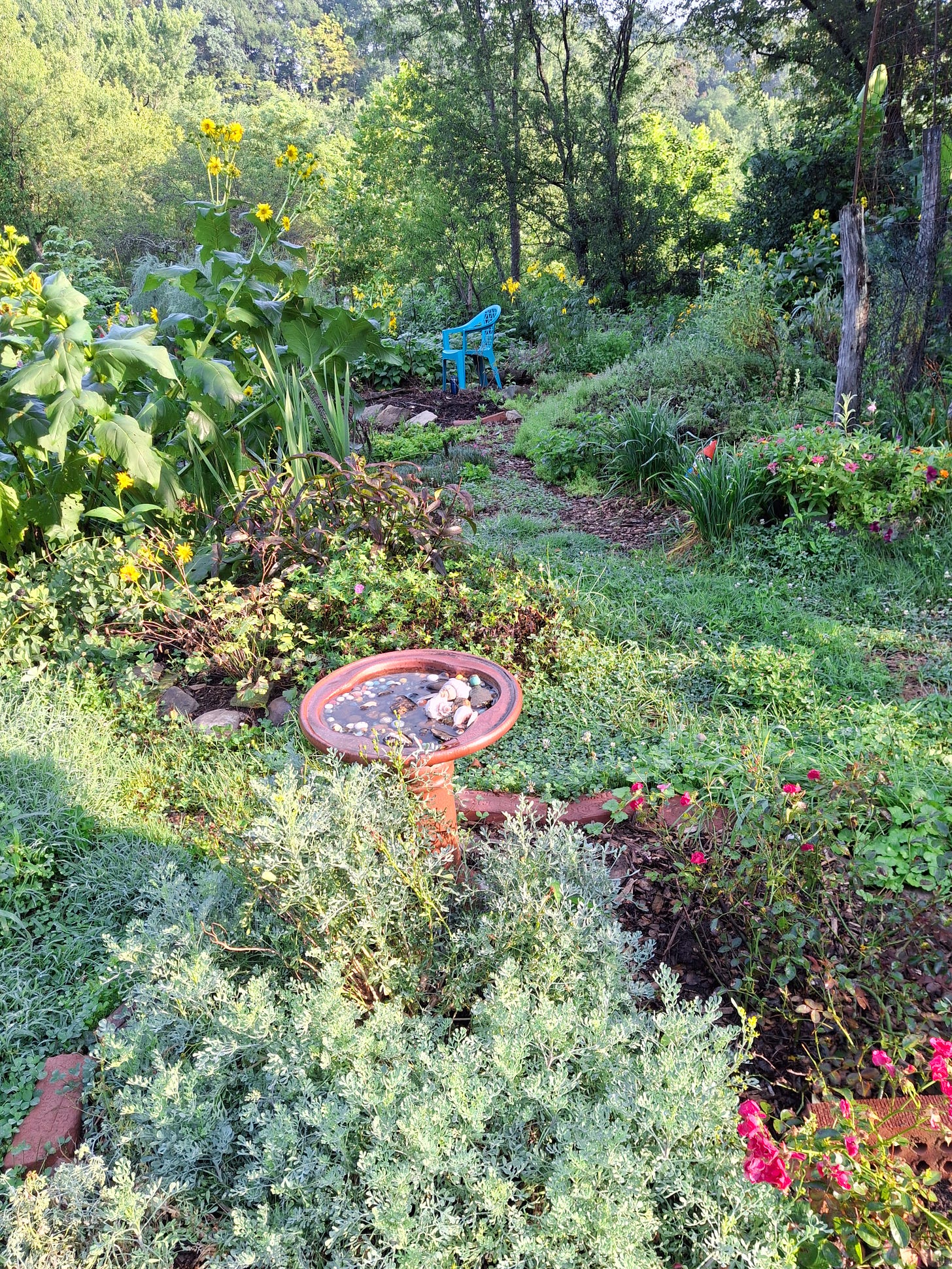
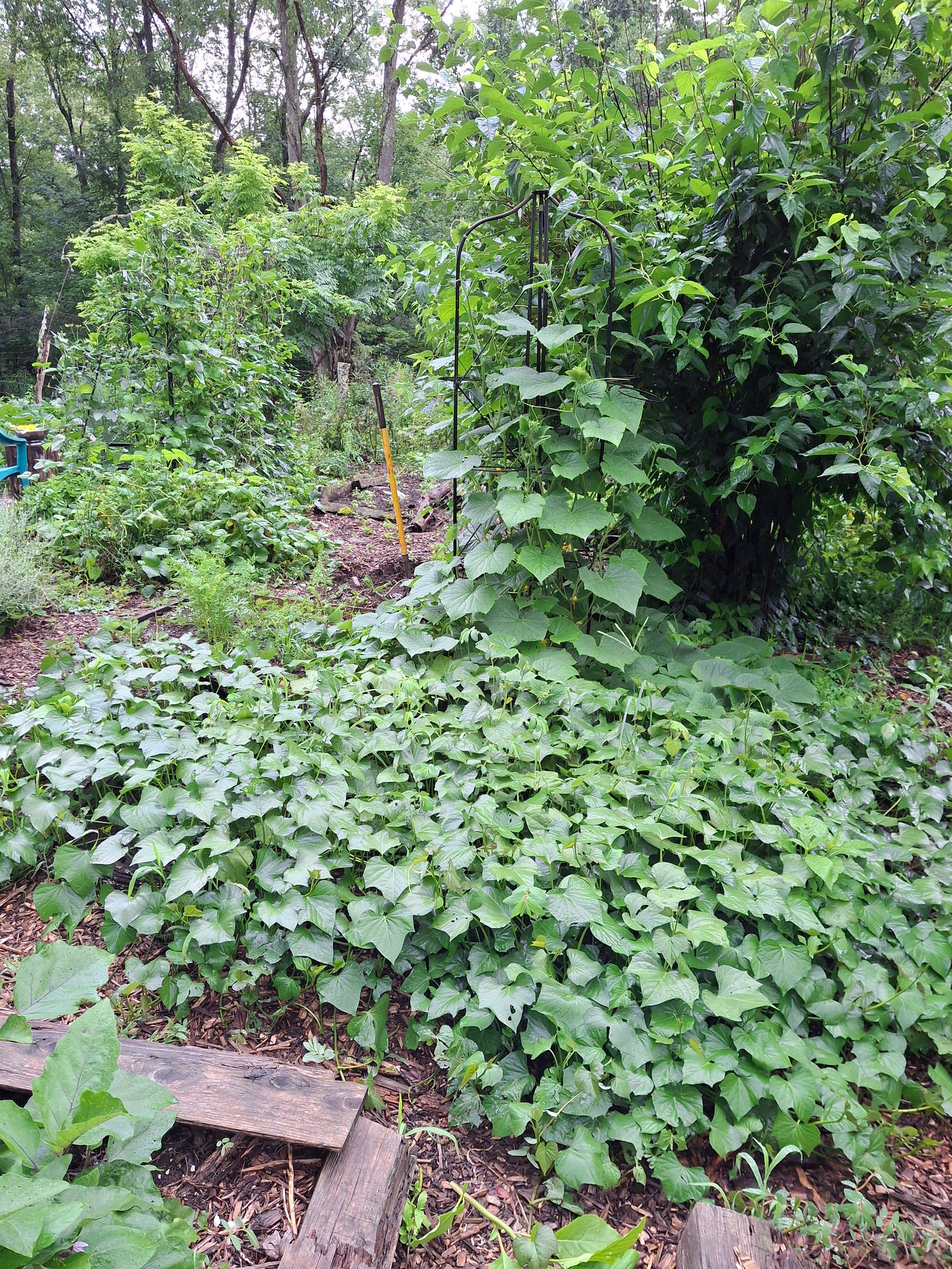
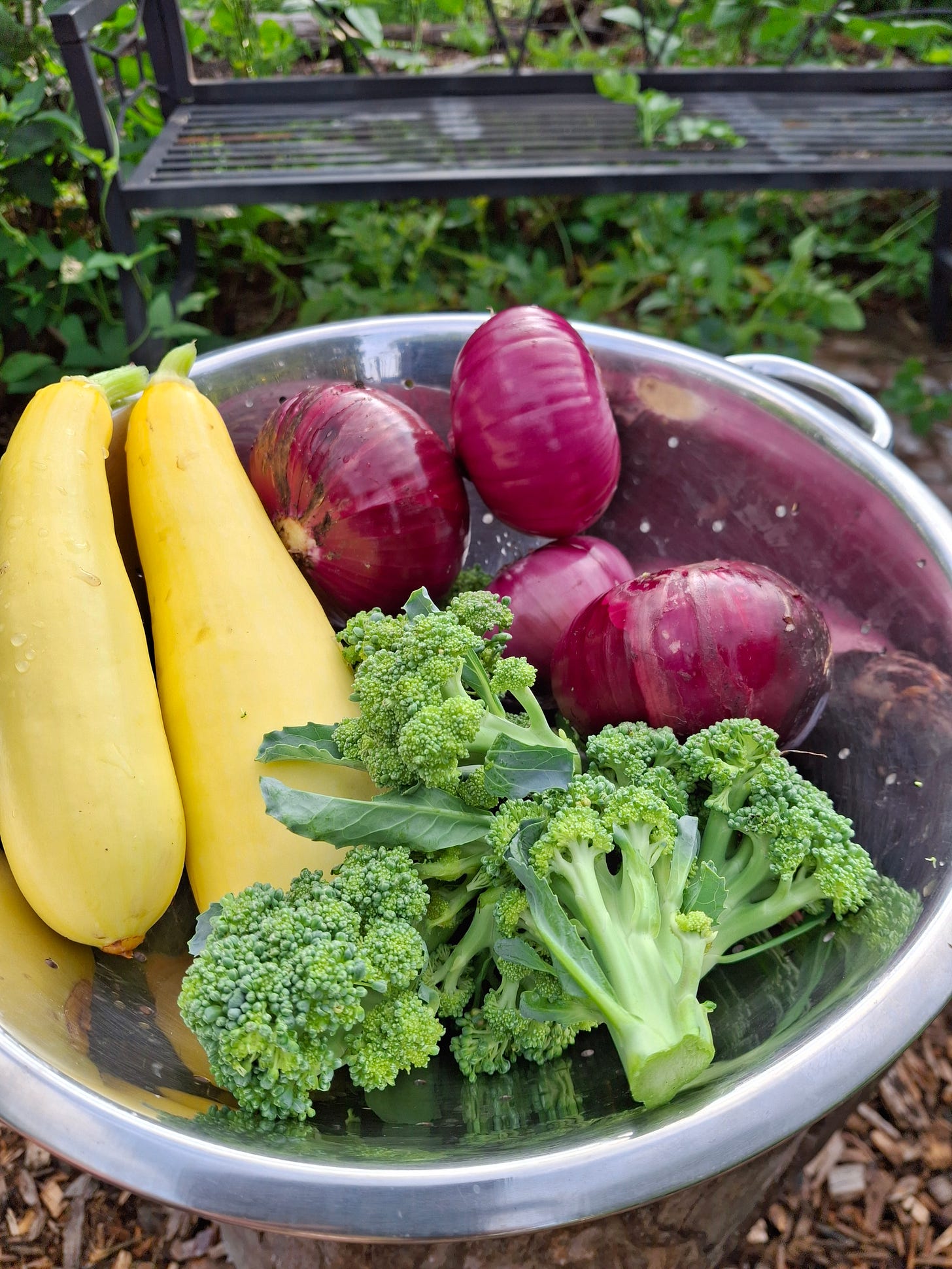
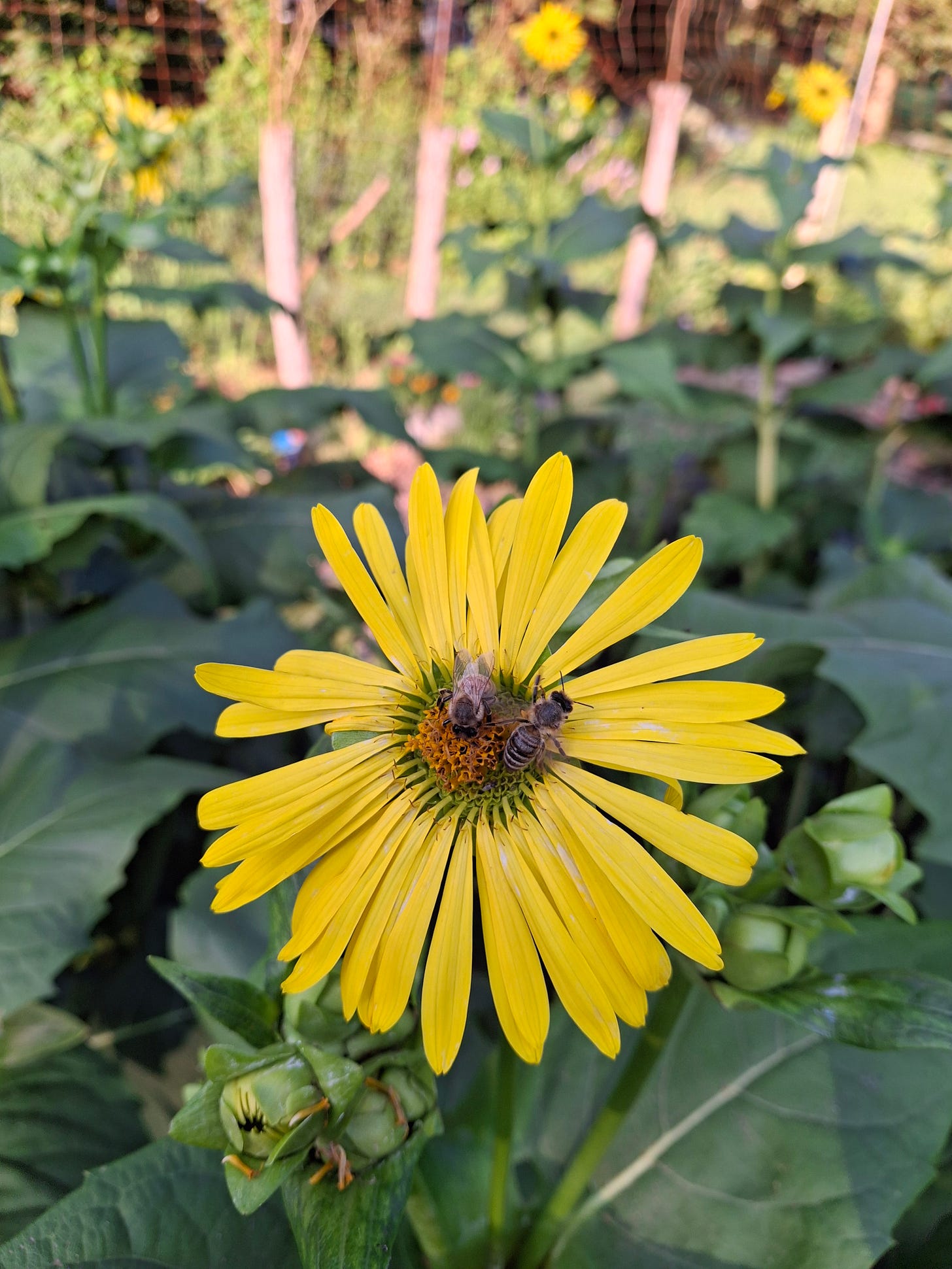
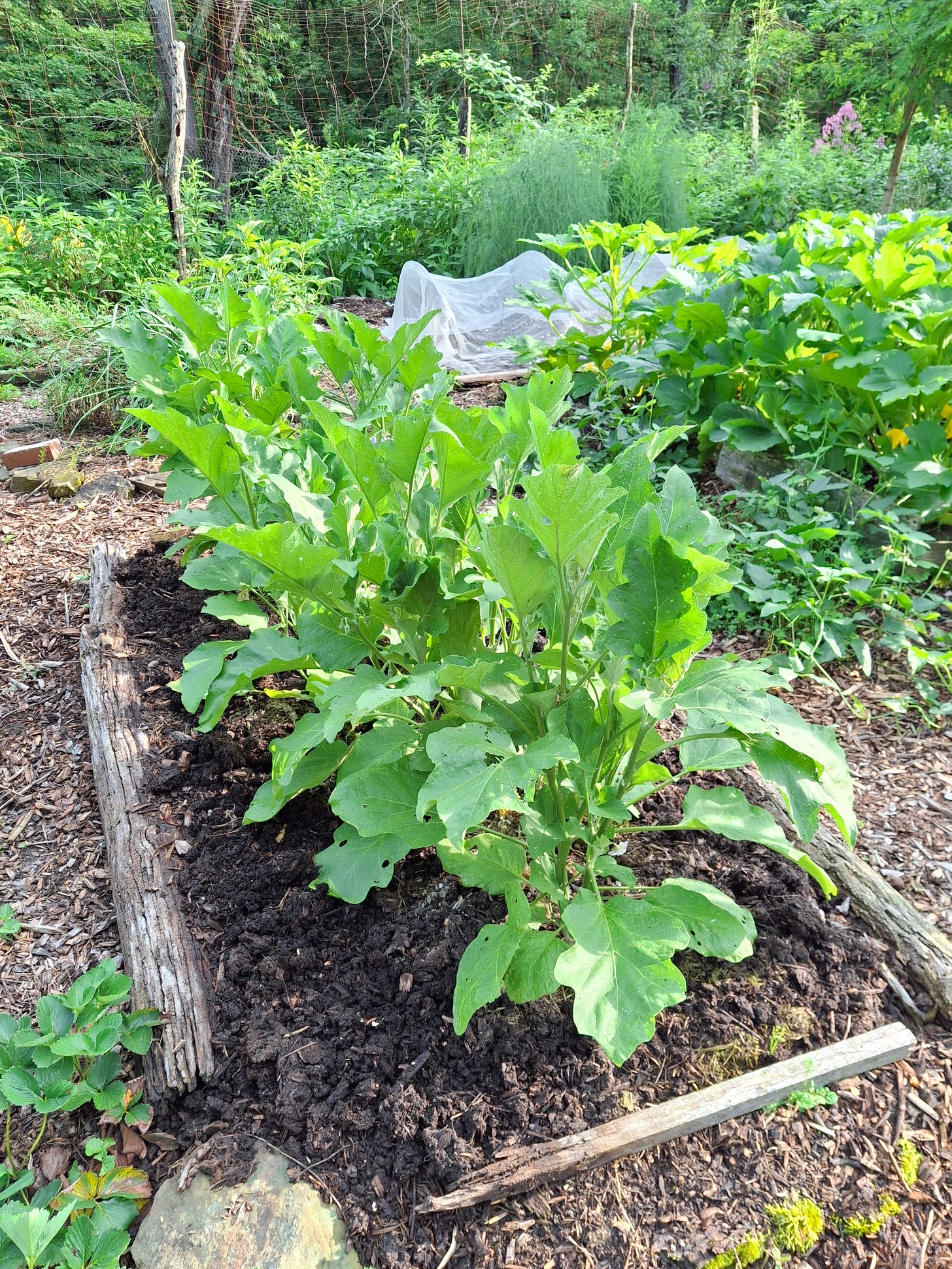
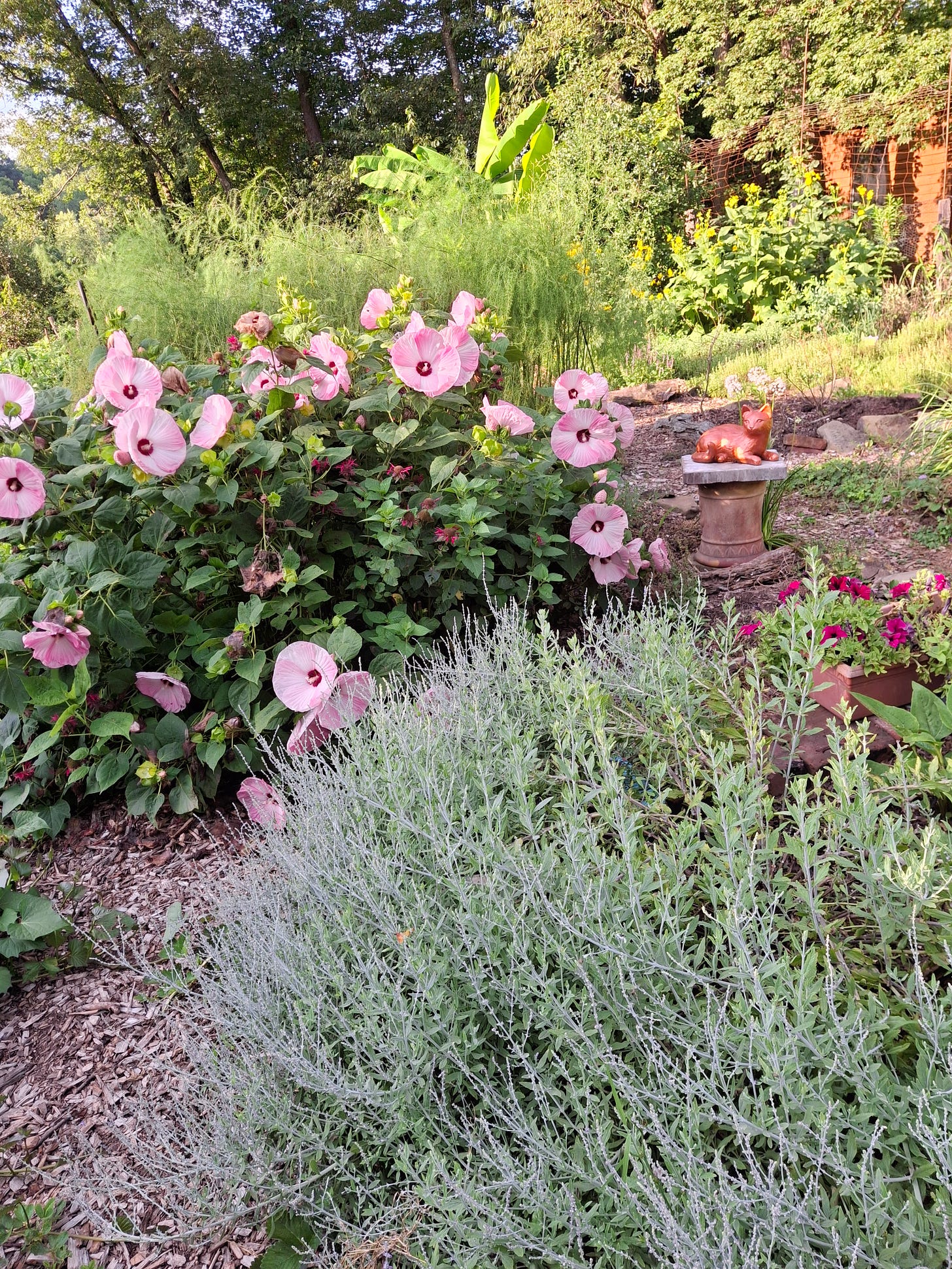
Thank you for the lift this morning Kollibri, I too have my garden soil showing signs I have done something right over the last couple decades. My farmstand opened for an eight week sweet corn succession yesterday. I haven’t used any diesel or gas tractors in several years. The corn crop is zero fossil fuel or standard NPK , mostly with a hoe. The gas one customer uses to drive here to the farmstand is more than what I used to produce the whole crop.
I also read your notes on grain production efforts on your coop 15 years ago. I am getting my act together with grain production, processing and milling and I think grains are pretty easy too. I have gone as far as pecking my own quern then growing and milling my own grains by hand in the field onto the threshing floor and then hand milled on the quern stone. After I sift the resulting flour through a #50 sieve the flour was light and free of all grit. Of course learning when to plant and how to harvest are a learning curve but it turns out grain is kinda easy IMO.
Acorns, grains, a small garden and some hens are really all it takes. And far easier than people imagine.
Wow. This is so well stated. I love how your prognostication about food production unfolds from the simple and gorgeous observation that this year's garden is the best you've ever had… which is AS IT SHOULD BE, you tell us, after inhabiting the same parcel and molding it over the years. Everything you say about industrial farming and suburban sprawl and how so few of us can understand the workings or the value of what once was common knowledge absolutely makes sense. It's sobering to read, but at the same time I thank you for writing this.